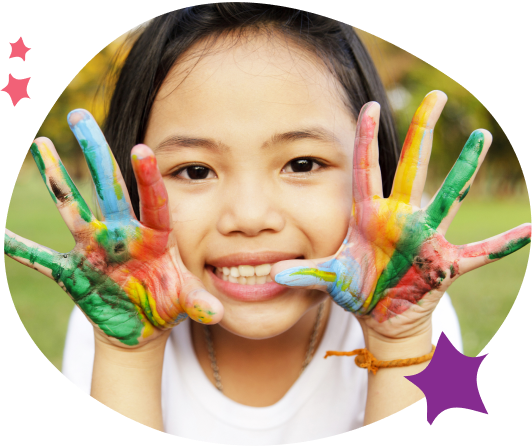Stories, News & Media
Keep up to date with the latest news at the Alannah & Madeline Foundation. This includes newsletters, announcements, updates, and what’s been happening in our community.
For all media enquiries and interview requests, contact us or call 0499 202 001.
Loading...
Filter by
No results matching your search criteria.




